Home>Gardening & Outdoor>Outdoor Structures>How To Prevent Moisture In A Shed
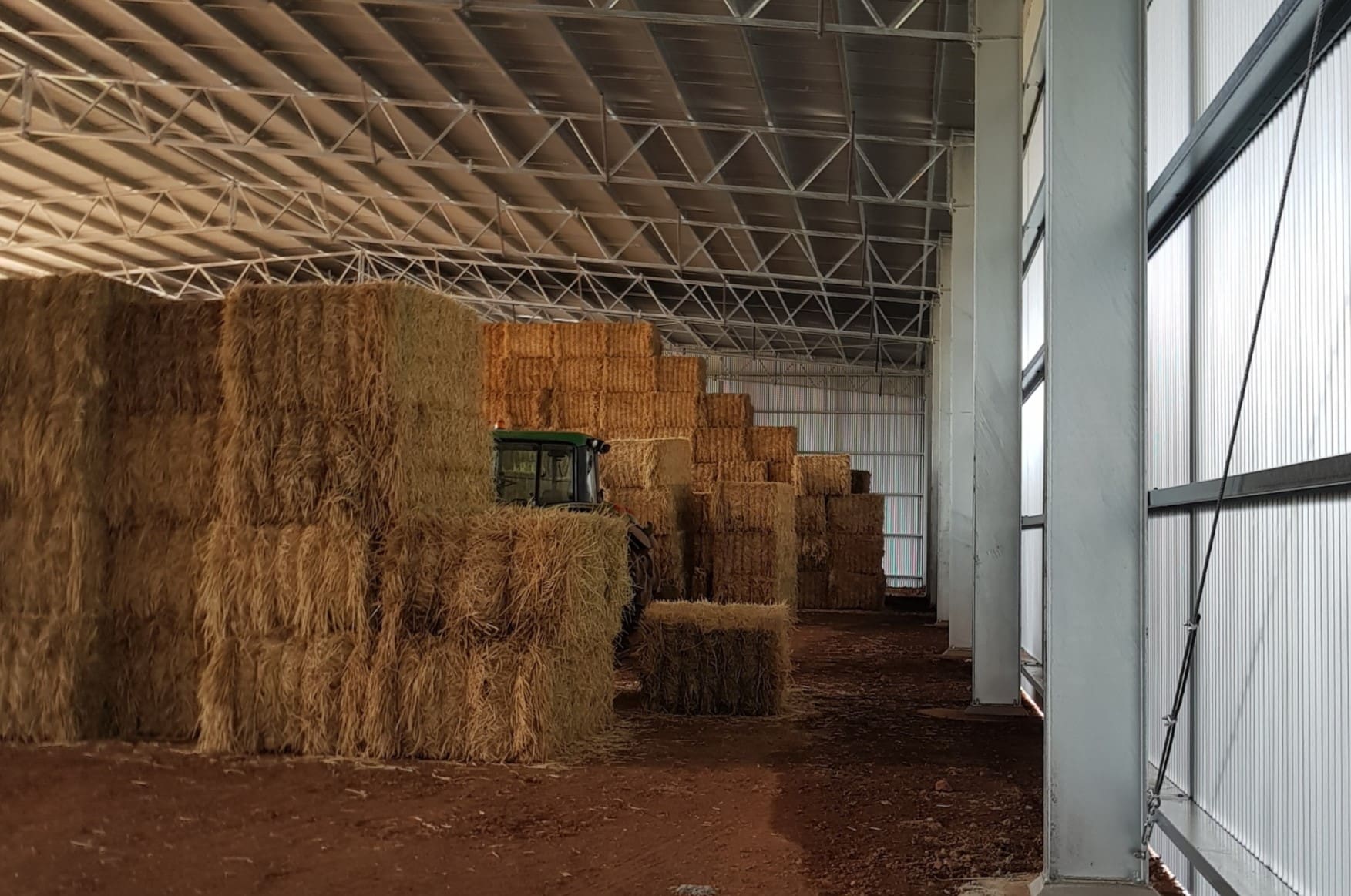

Outdoor Structures
How To Prevent Moisture In A Shed
Modified: August 27, 2024
Learn effective tips for preventing moisture in outdoor structures like sheds. Keep your shed dry and well-maintained with these expert strategies. Prevent mold, rust, and decay.
(Many of the links in this article redirect to a specific reviewed product. Your purchase of these products through affiliate links helps to generate commission for Storables.com, at no extra cost. Learn more)
**
Introduction
**
When it comes to outdoor structures like sheds, moisture can be a persistent and damaging issue. Excess moisture can lead to a host of problems, including mold growth, wood rot, and damage to stored items. Fortunately, there are effective strategies to prevent moisture from wreaking havoc on your shed. In this comprehensive guide, we will explore the various causes of moisture in sheds and provide practical tips for keeping your shed dry and well-maintained. Whether you're a seasoned DIY enthusiast or a homeowner looking to safeguard your outdoor investments, the insights shared here will empower you to proactively address moisture-related concerns and preserve the integrity of your shed for years to come.
Key Takeaways:
- Prevent moisture in your shed by choosing an elevated, sunny location, and ensuring proper ventilation. Use moisture-resistant materials and conduct regular maintenance to keep your shed dry and well-protected.
- Understanding the causes of moisture in sheds is crucial for prevention. Factors like environment, construction materials, and design impact moisture buildup. By addressing these factors, you can effectively mitigate moisture-related issues and maintain a dry, functional shed.
Read more: How To Prevent Mold In Outdoor Shed
Understanding the Causes of Moisture
Before delving into the preventive measures, it’s crucial to grasp the underlying factors that contribute to moisture buildup in sheds. Several elements can lead to increased humidity levels within the structure. One primary source is the surrounding environment. Sheds located in regions with high rainfall or frequent fog are more susceptible to moisture infiltration. Additionally, inadequate ventilation can impede air circulation, allowing moisture to accumulate.
Another common cause of moisture is the proximity of the shed to trees or dense foliage. While trees provide shade and aesthetic appeal, they can also contribute to moisture-related issues by obstructing sunlight and hindering the shed’s ability to dry out naturally. Furthermore, the orientation of the shed plays a role in moisture management. Sheds positioned in low-lying areas or near bodies of water are prone to excess moisture due to poor drainage and elevated groundwater levels.
Moreover, the construction materials and design of the shed can impact its susceptibility to moisture. Sheds constructed with porous or untreated wood are more likely to absorb and retain moisture, leading to structural damage over time. Likewise, gaps in the walls, roof, or foundation can serve as entry points for water, exacerbating the moisture problem.
Understanding these root causes of moisture is essential for devising effective prevention strategies. By addressing these underlying factors, you can significantly mitigate the risk of moisture-related issues and maintain a dry, functional shed.
Choosing the Right Location for Your Shed
When planning the placement of your shed, selecting an optimal location is pivotal in preventing moisture-related issues. Ideally, the chosen site should facilitate natural drainage and adequate airflow to minimize the accumulation of moisture. Here are key considerations to keep in mind when determining the location for your shed:
- Elevation and Drainage: Opt for a slightly elevated area that promotes water runoff and prevents pooling around the shed. This helps safeguard the structure from water seepage and potential flooding during heavy rainfall.
- Sunlight Exposure: Position the shed in an area that receives ample sunlight throughout the day. Sunlight aids in drying out the shed and inhibiting mold and mildew growth, thereby reducing moisture retention.
- Distance from Foliage: Place the shed away from overhanging branches, shrubs, or dense vegetation. This minimizes the accumulation of fallen leaves and debris on the roof and walls, which can trap moisture and impede airflow.
- Orientation: Orient the shed in a manner that promotes air circulation. Consider prevailing wind patterns and ensure that the shed’s doors and windows are positioned to maximize cross ventilation.
- Accessibility: While prioritizing drainage and ventilation, ensure that the shed remains easily accessible for regular maintenance and repairs. Accessibility facilitates timely inspections and upkeep, contributing to long-term moisture prevention.
By thoughtfully evaluating these factors and strategically situating your shed, you can proactively mitigate moisture-related challenges and create an environment conducive to the longevity and functionality of the structure.
Properly Ventilating Your Shed
Effective ventilation is a cornerstone of moisture prevention in sheds. Proper airflow helps regulate humidity levels, expel trapped moisture, and inhibit the conditions conducive to mold and mildew growth. Implementing strategic ventilation measures is essential for maintaining a dry and healthy environment within the shed. Here are key strategies for ensuring adequate ventilation:
- Windows and Vents: Install windows and vents to facilitate cross ventilation. Positioning them on opposite walls promotes air circulation, allowing fresh air to enter and stale air to exit the shed.
- Roof Ventilation: Incorporate roof vents to expel rising warm air, which can otherwise condense and contribute to moisture buildup. Ridge vents and gable vents are popular options for promoting efficient airflow within the shed.
- Moisture-Activated Vents: Consider utilizing moisture-activated vents equipped with sensors that trigger ventilation when elevated humidity levels are detected. These automated vents provide targeted airflow control, particularly in response to fluctuating weather conditions.
- Solar-Powered Fans: Install solar-powered fans to enhance ventilation. These eco-friendly fans harness solar energy to facilitate continuous airflow, reducing humidity and preventing stagnant, moisture-laden air from compromising the shed’s interior.
- Clear Obstructions: Ensure that vents and windows remain unobstructed by foliage, debris, or stored items. Unimpeded airflow is essential for efficient ventilation and moisture management.
By integrating these ventilation strategies, you can establish a well-ventilated shed that effectively mitigates moisture accumulation and promotes a dry, habitable space for storage and other activities. Thoughtful ventilation not only safeguards the structural integrity of the shed but also contributes to the preservation of items housed within the structure.
To prevent moisture in a shed, make sure it has proper ventilation by adding vents or windows. Also, consider using a dehumidifier or moisture-absorbing products to keep the air dry.
Using Moisture-Resistant Materials
Employing moisture-resistant materials in the construction and maintenance of your shed is instrumental in fortifying its defenses against moisture infiltration and damage. By integrating these resilient materials, you can proactively mitigate the adverse effects of humidity and precipitation. Here are key considerations for utilizing moisture-resistant materials in your shed:
- Pressure-Treated Lumber: Opt for pressure-treated lumber for the shed’s framework and flooring. This specially treated wood is infused with preservatives that enhance its resistance to decay, fungal growth, and moisture absorption, thereby prolonging its lifespan.
- Moisture-Resistant Sheathing: Utilize moisture-resistant sheathing, such as oriented strand board (OSB) or exterior-grade plywood, for the shed’s walls and roof. These durable materials offer enhanced protection against moisture intrusion and structural compromise.
- Waterproof Membrane: Apply a waterproof membrane beneath shingles or roofing materials to create a barrier against water penetration. This additional layer of protection safeguards the underlying structure from moisture-related damage, ensuring long-term resilience.
- Corrosion-Resistant Fasteners: Utilize corrosion-resistant fasteners, such as stainless steel nails and screws, to assemble and secure the shed components. These resilient fasteners exhibit superior resistance to rust and corrosion, bolstering the shed’s structural integrity in humid conditions.
- Moisture-Repellent Paint and Sealants: Coat the shed’s exterior surfaces with moisture-repellent paint and sealants to create a protective barrier against moisture intrusion. These specialized coatings inhibit water absorption and promote the shedding of rainwater, safeguarding the shed’s exterior from moisture-related deterioration.
By integrating these moisture-resistant materials into the construction and maintenance of your shed, you can fortify its defenses against moisture-related challenges and prolong its longevity. Thoughtful selection and application of resilient materials are pivotal in creating a durable and resilient outdoor structure that withstands the rigors of varying weather conditions.
Read more: How To Prevent Shed Floor Rot
Regular Maintenance and Inspections
Consistent maintenance and thorough inspections are essential components of an effective moisture prevention strategy for sheds. By proactively monitoring and addressing potential vulnerabilities, you can identify and rectify issues before they escalate, preserving the integrity of the shed. Here are key practices for ongoing maintenance and inspections:
- Gutter Maintenance: Regularly clean and inspect the gutters to ensure unobstructed water flow. Clogged gutters can lead to water overflow, increasing the risk of moisture infiltration around the shed’s perimeter.
- Sealant Integrity: Periodically assess the condition of sealants and caulking around windows, doors, and joints. Damaged or deteriorated sealants can compromise the shed’s weatherproofing, allowing moisture to penetrate the interior.
- Roof and Siding Checks: Conduct routine examinations of the roof and siding for signs of damage, such as missing shingles, cracks, or warping. Promptly address any issues to prevent water ingress and subsequent moisture-related complications.
- Interior Ventilation: Monitor the interior humidity levels and airflow within the shed. Consider using a hygrometer to gauge relative humidity and ensure that ventilation systems are effectively mitigating moisture buildup.
- Foundation Inspection: Inspect the shed’s foundation for cracks, settling, or water seepage. Address any foundation-related concerns promptly to prevent structural instability and moisture intrusion.
- Debris Removal: Regularly clear debris, leaves, and vegetation from around the shed. Accumulated debris can trap moisture, impede airflow, and create conducive conditions for mold and mildew growth.
By adhering to a proactive maintenance regimen and conducting thorough inspections, you can promptly identify and address potential moisture-related vulnerabilities, ensuring that your shed remains resilient and well-protected against the detrimental effects of excess humidity and water exposure.
Conclusion
Effectively safeguarding your shed against moisture requires a multifaceted approach that encompasses strategic location selection, meticulous construction practices, and proactive maintenance. By understanding the underlying causes of moisture and implementing targeted preventive measures, you can create a resilient and moisture-resistant environment within your shed. Thoughtful considerations, such as elevation, ventilation, and material selection, play pivotal roles in mitigating the risks associated with excess humidity and precipitation.
Furthermore, regular maintenance and vigilant inspections are indispensable in preserving the shed’s integrity and functionality. By proactively addressing potential vulnerabilities and promptly rectifying any issues, you can sustain a dry, well-ventilated, and durable outdoor structure that effectively resists moisture-related challenges.
Ultimately, the proactive implementation of moisture prevention strategies not only safeguards the structural integrity of the shed but also contributes to the preservation of the items stored within it. Whether utilized for storage, as a workspace, or for recreational purposes, a well-maintained and moisture-resistant shed provides a reliable and secure space for various activities and belongings.
By integrating the insights and strategies outlined in this guide, you can effectively mitigate the risks associated with moisture, ensuring that your shed remains a functional, resilient, and enduring asset on your property.
Frequently Asked Questions about How To Prevent Moisture In A Shed
Was this page helpful?
At Storables.com, we guarantee accurate and reliable information. Our content, validated by Expert Board Contributors, is crafted following stringent Editorial Policies. We're committed to providing you with well-researched, expert-backed insights for all your informational needs.

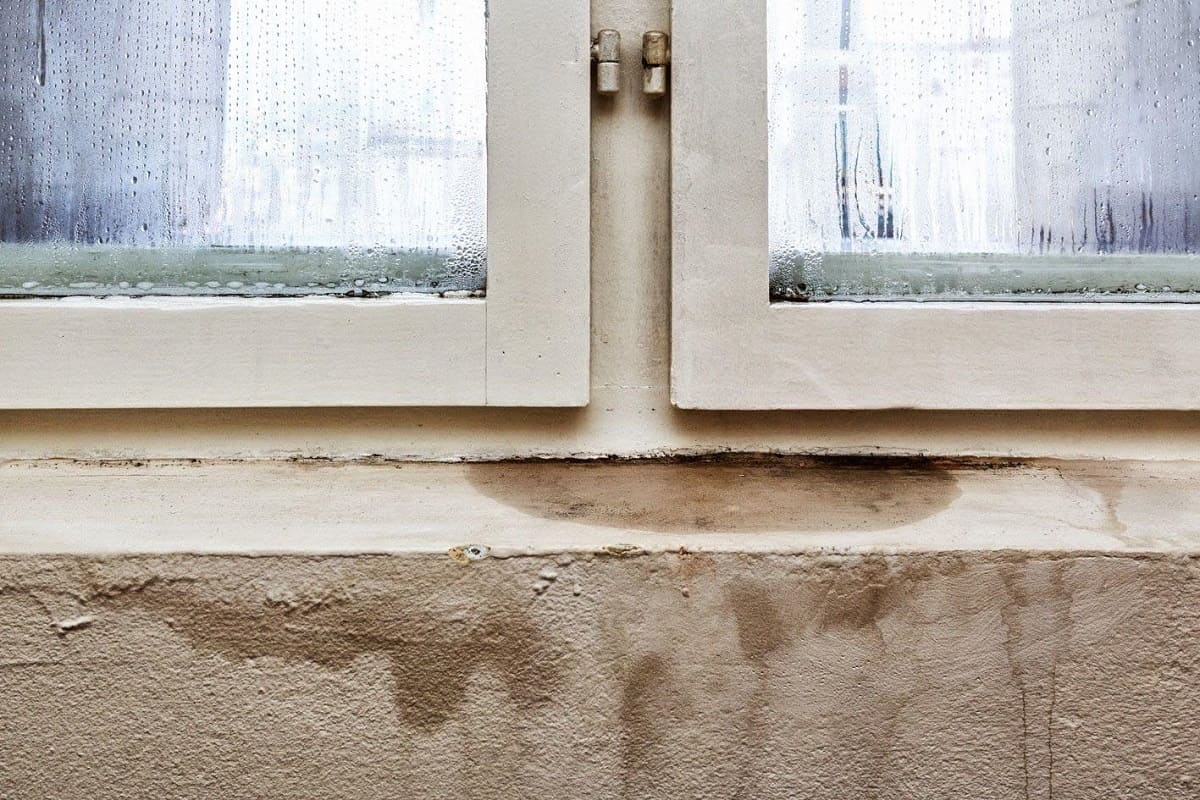
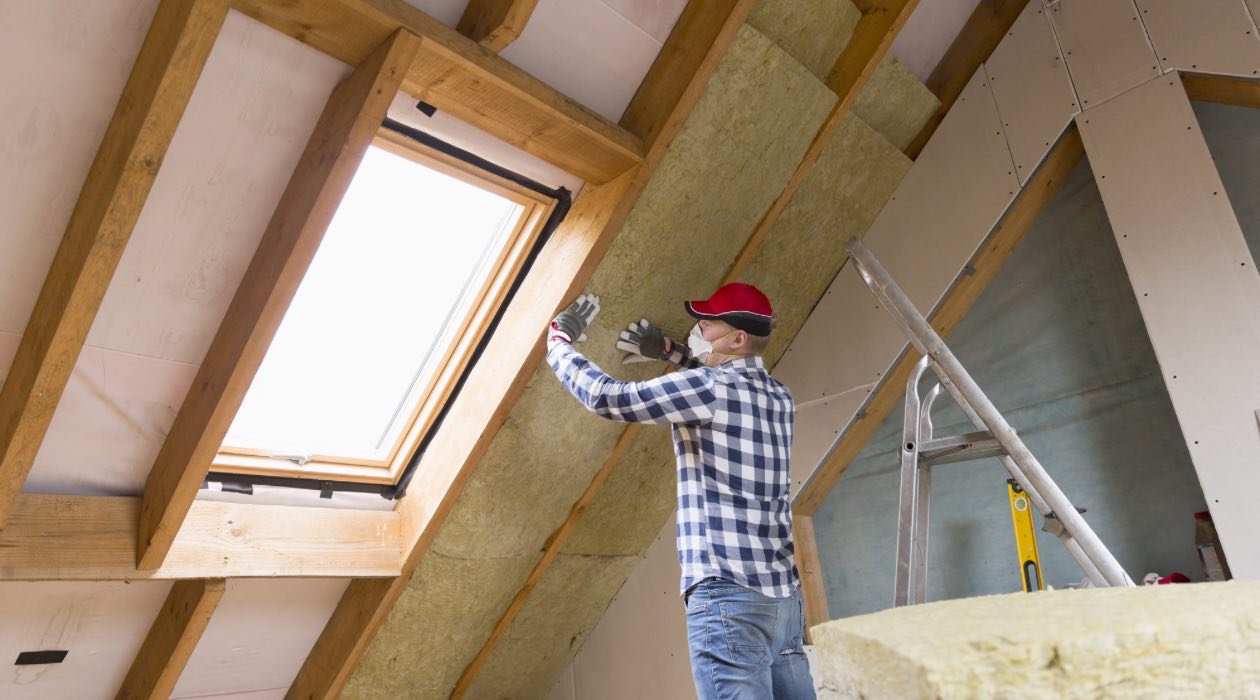
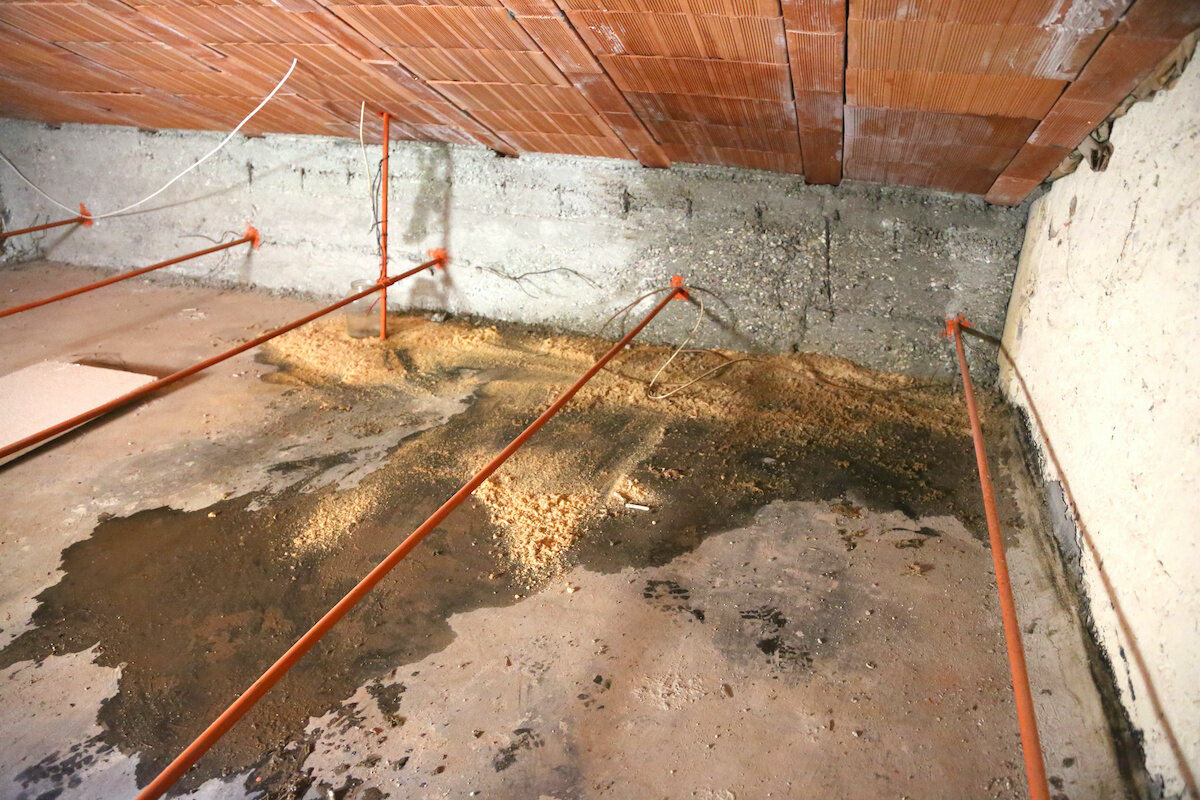
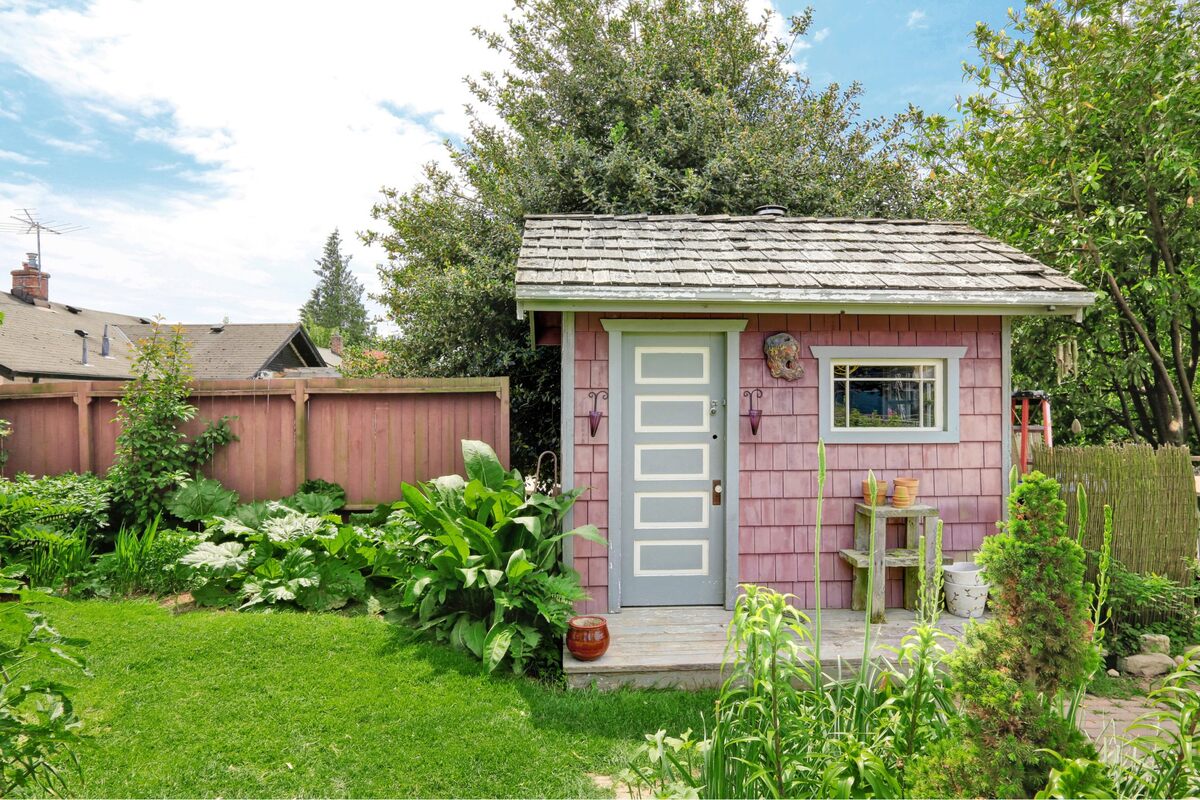

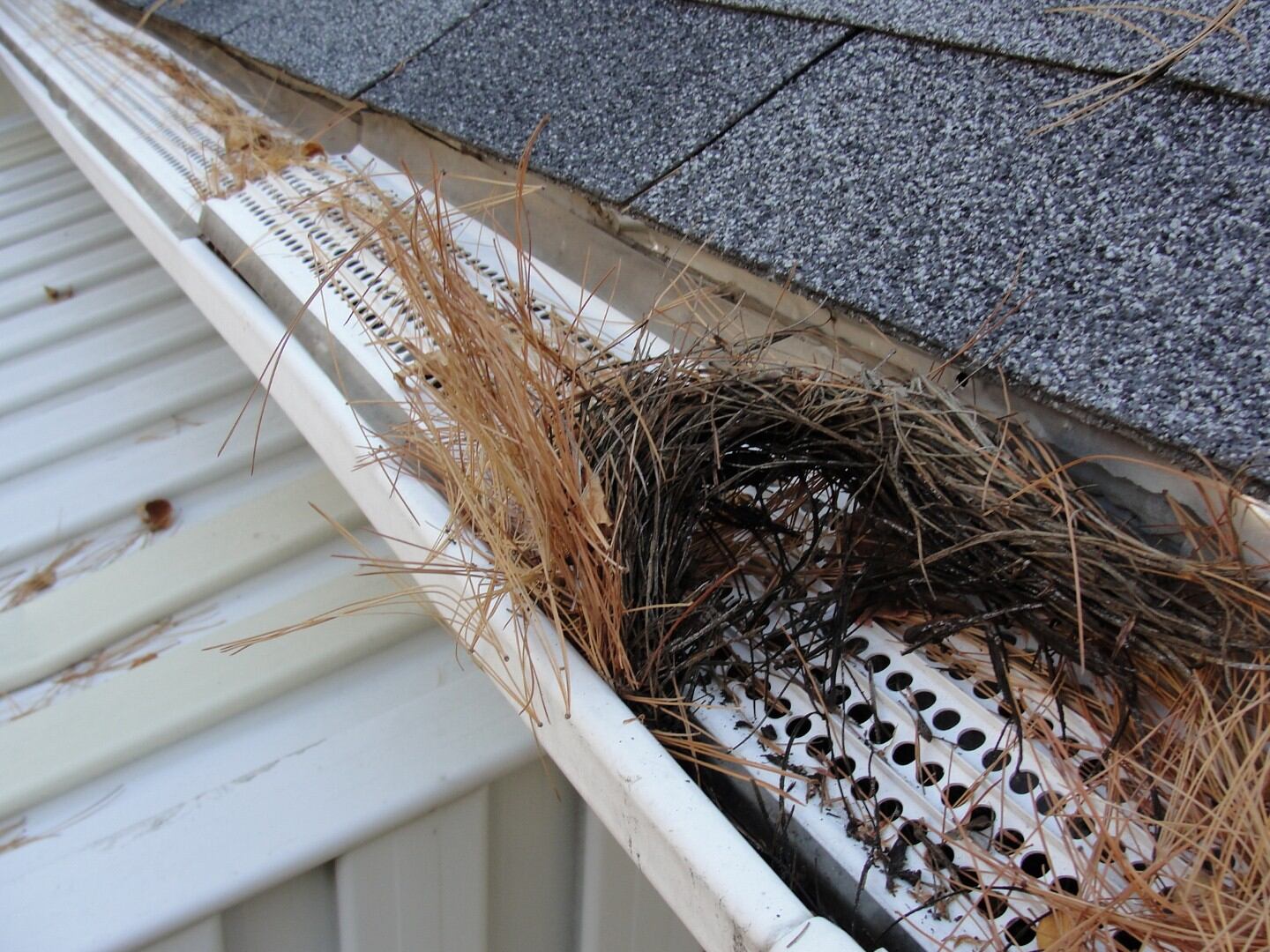





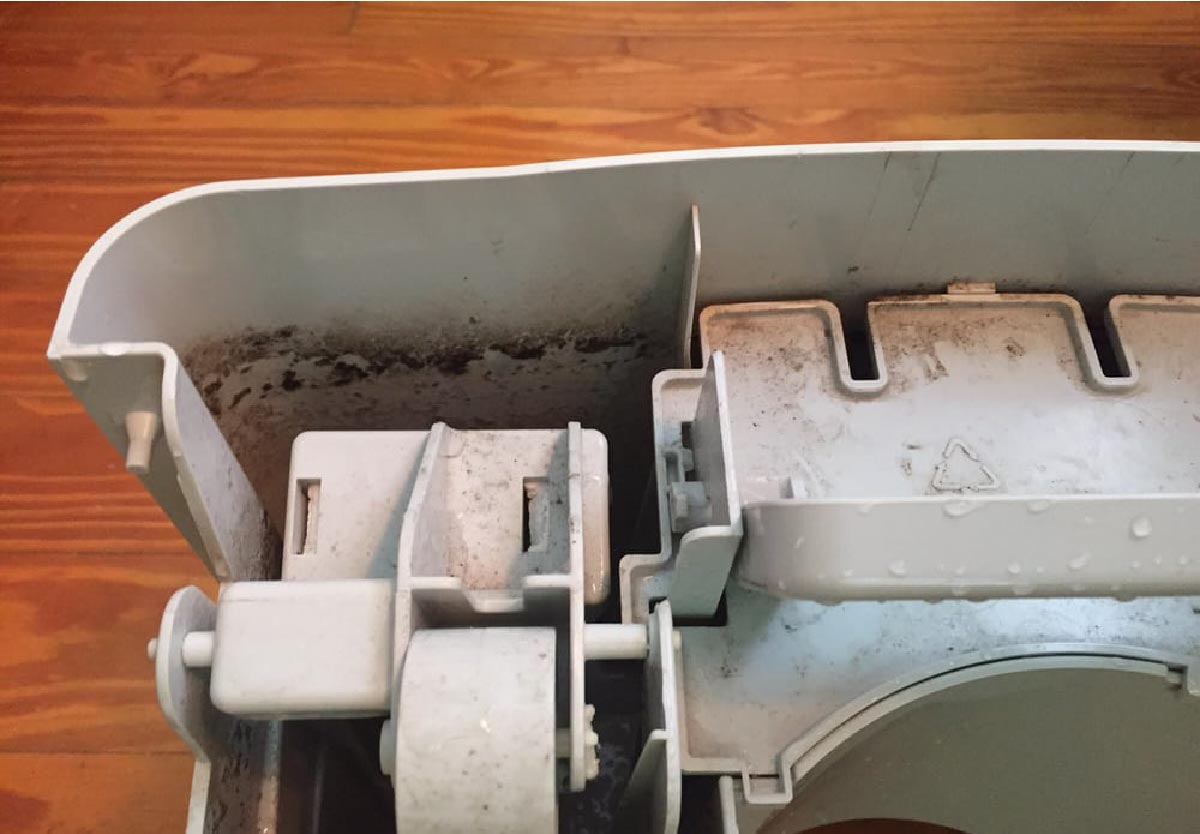


0 thoughts on “How To Prevent Moisture In A Shed”